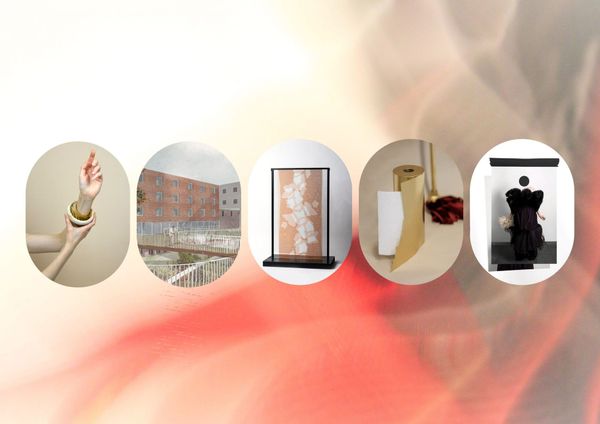Brain injury research, HP, Twitter, then cars: travel arranger Lyft, and electromobility pioneer Tesla. Portrait of a physicist who decided to become a developer – we asked Gábor Szabó, Ph.D., what it is like to work for the tech giants that are moving the world forward and how he could get from a Central European country to the top companies in Silicon Valley. Interview – Part I.
He did research with Albert-László Barabási on the spread of a brain-damaging disease, worked at HP, and contributed significantly to the development of Twitter in its early stages in 2011. Then he shifted in the direction of cars and worked at Lyft, Uber’s greatest rival, before ending up at Tesla. The life story of a physicist who became a developer is interesting not only to those with a similar career path but to anyone curious about what it is like to work for the tech giants that are moving the world forward and how to get from a Central European country to the top companies in Silicon Valley. Interview with Gábor Szabó, Ph.D.
What motivates you to do research?
I think it is the understanding of the world that drives people in general. There is an interesting problem, and you feel it might impact the future of humanity. Obviously, no one thinks their single research will change the world, but it does add a bit. We can contribute to changing the world for the better. During my career, I felt that we are contributing, even if just in a small way, to understanding and describing human nature better and perhaps to curing diseases, which has been a very good feeling. Of course, there is also an intellectual challenge: can I solve a specific problem, can we find a mathematical explanation, etc.?
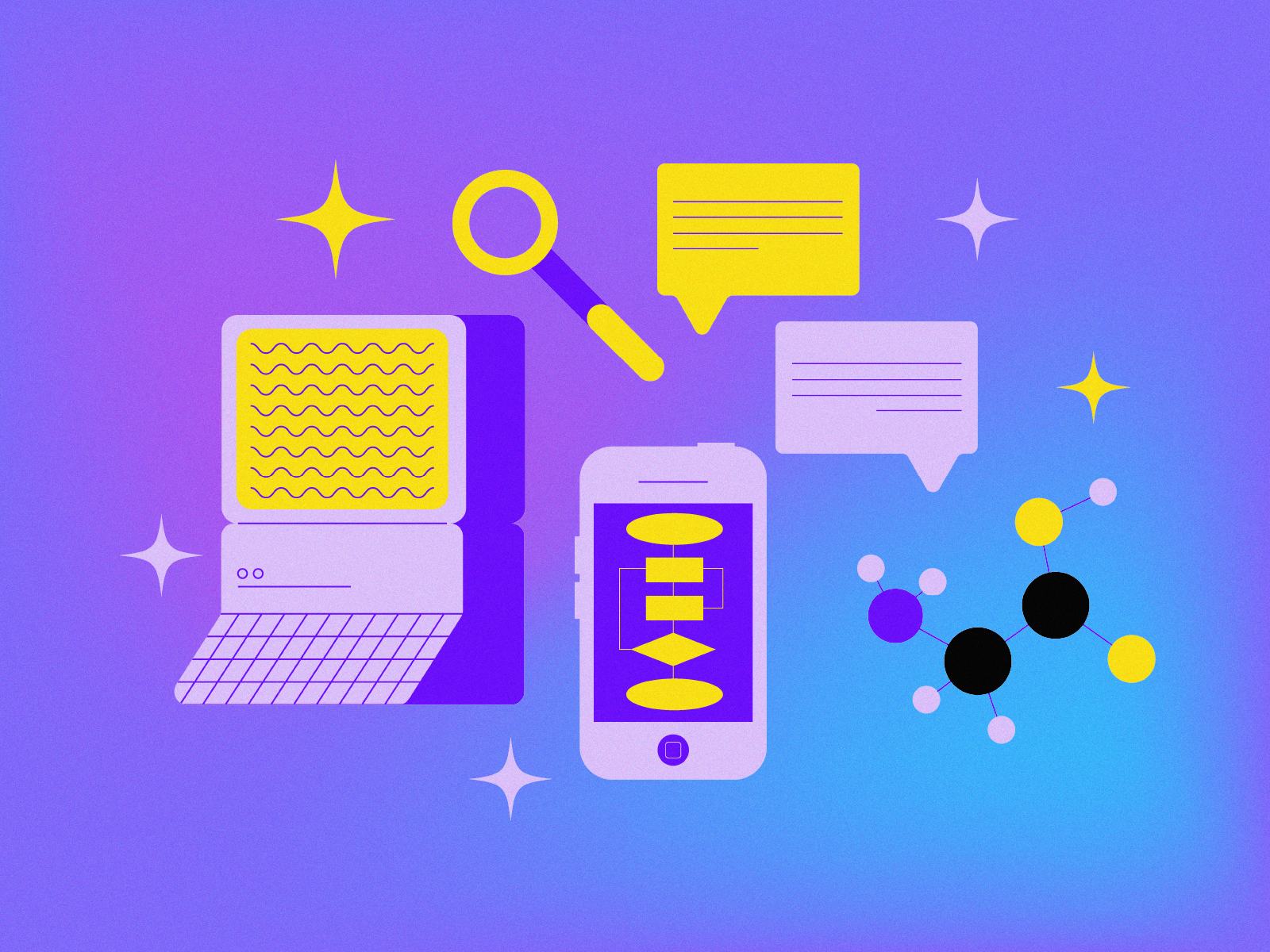
You graduated in physics from the Budapest University of Technology and Economics and continued your studies there with a master’s degree, but later, you spent a year in Helsinki for your Ph.D. How would you compare the two countries regarding doctoral schools?
I had to do a lot of research during my Ph.D. in Budapest and Helsinki, which was similarly good in the two universities. Obviously, the environment is completely different: Finland is a very peaceful country with incredibly beautiful nature. But the winters are very long and dark. Finns are said to be good at technology and engineering because they have much time to do something in the winter. So, with their notoriously depressing lifestyle, they have a lot of time to sit by the fire and think or work.
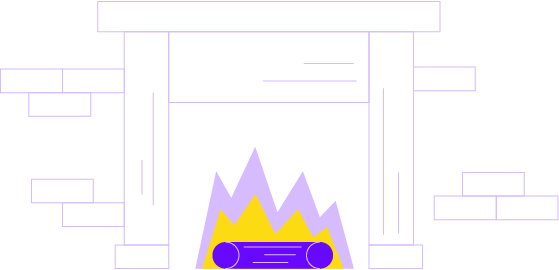
After your Ph.D., you stayed in the academic world and explored different research areas, such as the analysis of human protein interaction networks at Harvard Medical School. How did this research topic come into your life?
It is related to my previous studies and works to some extent. I was doing a Ph.D. in complex networks, and I have great memories from that period. I met by chance László-Albert Barabási, who was working at the University of Notre Dame. We met at a conference, and he mentioned the possibility of joining his team as a postdoctoral researcher. These research jobs usually last just a couple of years, but they are an excellent opportunity to prove what you can do. In general, working in such a position can crystalize what a researcher is really interested in. At that time, I was working on random complex networks. I became a researcher at Notre Dame, but after a year, László’s group was invited to Harvard, which is how I got involved in research there. Professor Marc Vidal was the head of our department, and part of his research was the application of random networks to biological networks. One of the more concrete topics was the application of random networks to a disease in humans called Ataxia. I was working together with the people who did the experiments. The proteins interact with each other, and the question was how we describe these interactions and whether we can see the signs of the disease in the protein network.
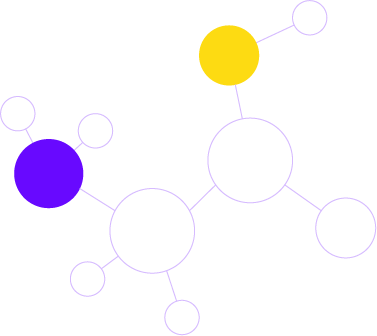
In 2007, you decided to join Hewlett-Packard (HP) Research Lab, which ultimately meant that you became part of the Silicon Valley networks. Was this move a pleasant experience?
HP has grown rapidly. They started with small calculators, but the founders always felt it was crucial to do research, so they created the Lab where the staff did very similar topics to what I was doing in my research. I went to California for an interview, it went well, and I was hired. Fortunately, I was very interested in the topic, and I also wanted to work for a while in that part of the country.
Was that your first time in Silicon Valley?
Yes, my interview was the first time I traveled to California. The research topics were similar, but it was the industrial world, where you must also look at the projects from the company’s perspective. It should be considered whether the research is profitable for the company.
And were your research projects fruitful?
Yes, we had a couple of projects from which HP tried to make a profitable product. One was called Friendlee. Smartphones were starting to enter the market then, and we were building an automatic social network for people. It was like Facebook, but without manually finding and selecting your friends, the system would have automatically created it from your calls and communication network. It does not sound innovative now; many apps can scan your contact list today instantly. We also considered measuring the strength of connections: if you have a lot of phone calls with someone, you have a stronger connection. We even developed an app that ranked your contacts by how often you talk. It monitored your calls and communication patterns and built up a network from the data. This development went all the way up to the top decision-makers. In the end, they calculated the potential revenue for a few million dollars. It sounds prosperous for product development, but HP was such a huge company that they did not start projects below hundreds of millions of dollars in potential revenue. What we did might have been useful for a startup, but within this giant company, it was not interesting. So, our development had no future. You rarely feel that you are working on something with impact, but it is even more exceptional that what you do is important to the company as a whole.
So, you quit and started working for Twitter in 2011. How was it working there at the dawn of the social media boom?
It was exciting. The difference was that being part of a smaller group and a smaller company made me more aware of the results of my work. When I joined, there were only 100 engineers in the company, which is a relatively small number. Then the whole company started to grow very rapidly, but Twitter’s growth was still organic during that period. There were a couple of people, some influencers like Justin Bieber, who were very active at the beginning and whose activity caused the quick and organic growth. It felt good to work for a rapidly developing company with a very bright future ahead. But the market was highly competitive with rivals like Facebook or Google Plus; the latter did not even stay in business. Google is such a large corporation that a global social network has not added significantly to its portfolio, so the project has been halted. I joined Twitter at a good time because I also learned a lot about technology trends in addition to the professional challenges. I was more focused on the relationships and connections between users, on the conclusions that can be drawn from a given network: who are the spammers, how active are the people, and how can their activity be increased?
Were there specific decisions that were based on your work?
The research on this social network’s structure went relatively well. We wanted to explore who is connected to whom and focused on spammers and bots. Some of them looked like perfectly legitimate profiles, and their tweets were also normal, but when we looked at their networks, we discovered that they were very much interconnected. They tried to be popular by influencing other uses and gaining as many followers as possible. I also worked on other projects, like predicting who would stop using Twitter. I had my own work in this field, which was later incorporated into Twitter’s prediction system.
After Twitter, you headed to the car industry and ended up at Uber’s most significant rival. Was this step the result of long deliberation, or did you just once see a great opportunity with Lyft?
It was a combination of the two. I had already started to think about what I would like to do next, but the opportunity at Lyft came through a friend. I already knew my future boss at Lyft from HP. If someone is building a new group, it is common to ask the people they know whether they would like to quit their current job and join. And I was interested in the new topic. I worked mainly on operations research for Lyft: how can one predict what will happen based on some models? For example, how will the taxi drivers move? Where are they most likely heading for? How can they be encouraged to go to another place where we think they will be in greater demand? This can be predicted to some extent from time series. It was also important to determine what trips they were taking, where they would finish, and how these could be linked. I optimized the system to get the taxis to come as quickly as possible because the longer people wait, the more likely they will cancel the whole order.
What was the biggest challenge for you in this new job?
Lyft was also a fast-growing company when I worked there. My challenging task was to develop the algorithms. When I started, some algorithms were already in use and worked to some extent. Our job was to improve these algorithms, and within a couple of months, I found a way to develop them. It was not an earth-shattering discovery, but the system worked better after its implementation. I have seen many times in other companies that there is simply no time to move to a better solution because all our time is spent on fixing the many bugs in the system. We know that implementing improved solutions would be beneficial in the long run, but we have no time to do it. It is a disadvantage for small companies. We cannot do everything at once, so if there is a worse solution that already works more or less, we do not alter it. We do not switch to the optimal solution because the process would require too many resources, which we must use for other, more urgent tasks.
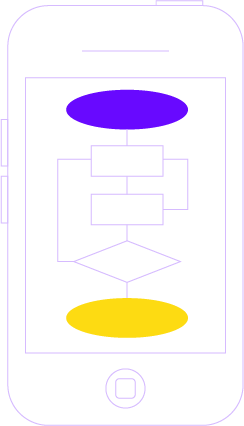
What would you say to your younger self at university?
Firstly, you should focus on not only your career but also other areas of life. I feel that I spent too much time researching between the four walls. It is essential to imagine what you want to do in the long term, even in 20 or 30 years. From this vision, you can start building backward the steps that will lead you to your goal. I did not think that far ahead. I am not saying that I regret the way things turned out because I am not at all sorry for my decisions. I liked working with cars and even had personal projects with them. But I would say that you should try to consciously focus not only on solving the problems but also on why solving these problems will be advantageous. If I had known that I would end up at Tesla, I might have spent more time on machine learning methods. Earlier I even used the computer completely differently than I do now. It would be awesome if I could tell my college-age self to focus on machine learning methods and forget all the other little stupid things. I would have also told my younger self to have a stronger motive in how you spend your free time regarding semi-professional activities. Be your own boss there too! Hold yourself to account a bit, but do not overstrain yourself, of course. The most important is to have a long-term plan.
Gábor Szabó, Ph.D., is a machine learning researcher; his main interests are predictive modeling and the practical implementation of models. He was a senior staff software engineer and leader of the Autopilot Maps team at Tesla. Before that, he worked on the optimization and resource allocation problem of Lyft’s car-sharing network. He holds a Ph.D. from the Budapest University of Technology and Economics. He is the author of the book “Social Media Data Mining and Analytics” and published several scientific articles.
Graphics by Roland Molnár | Hype&Hyper

A Tel Aviv-tale by Kamayko

Simplicity with a twist—Warszauer Hotel, Kraków
